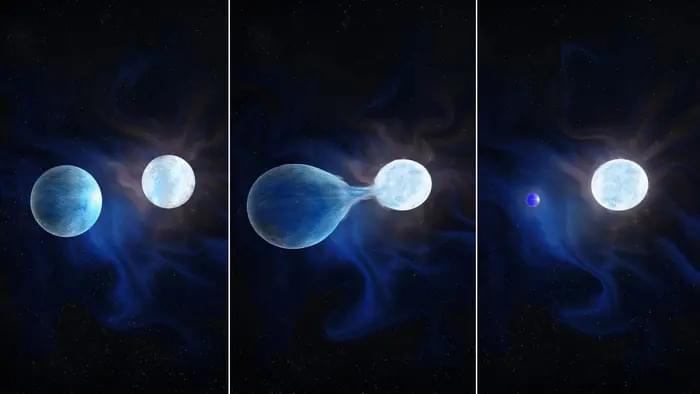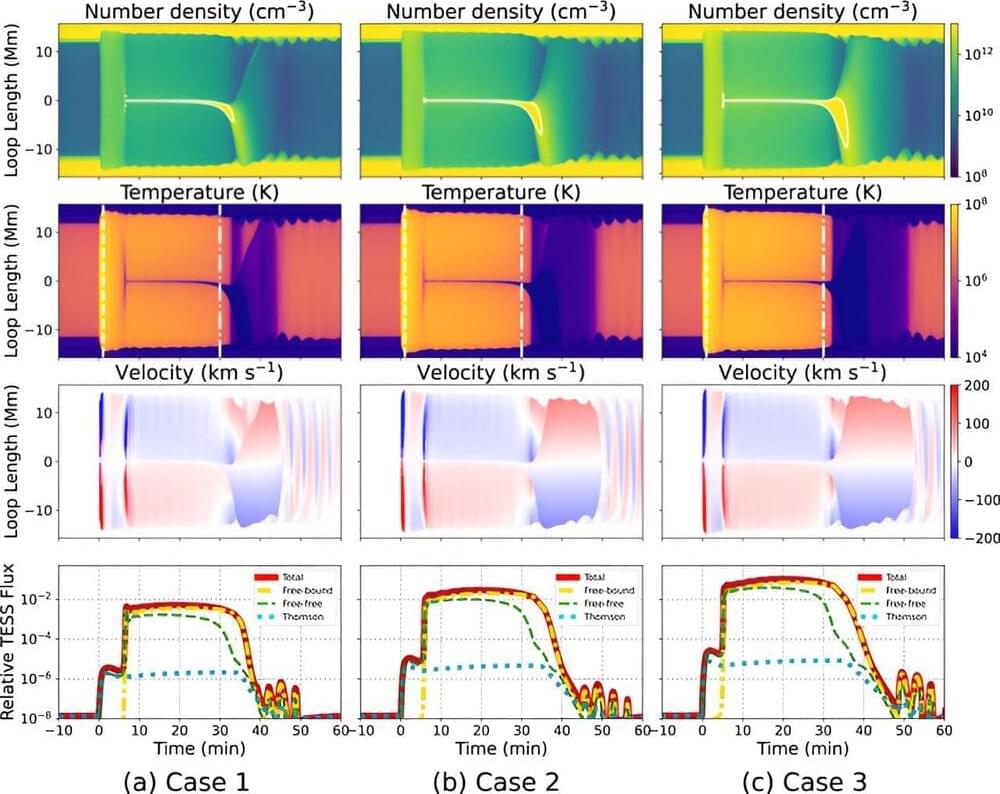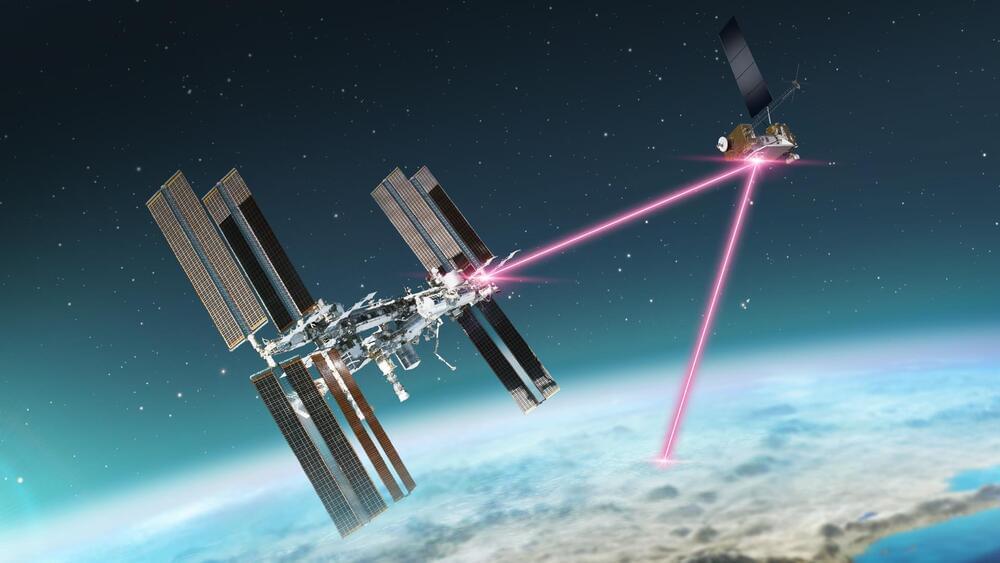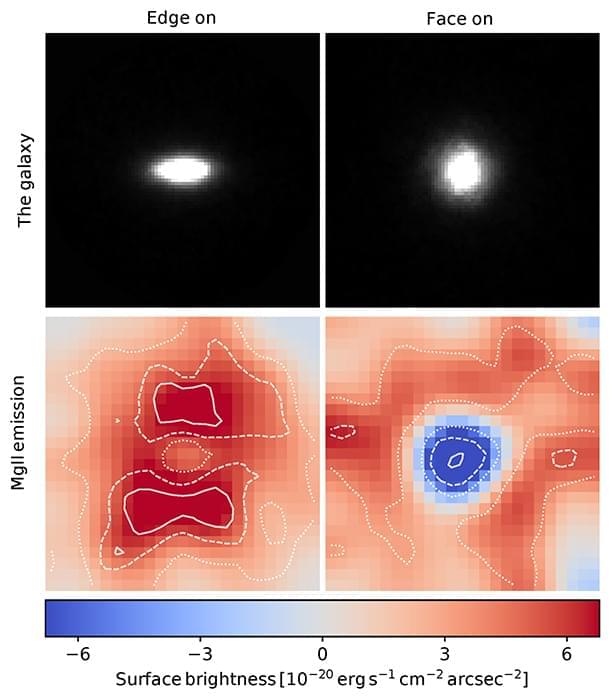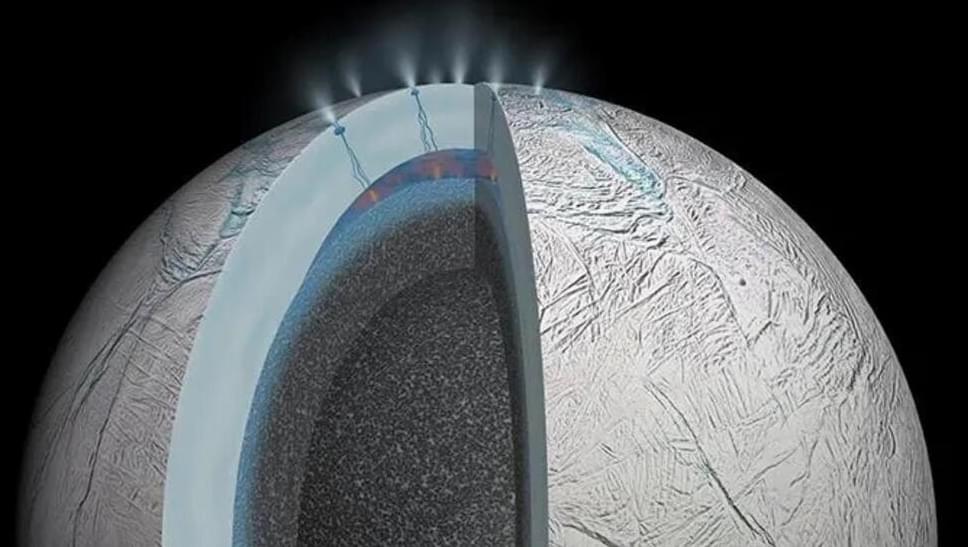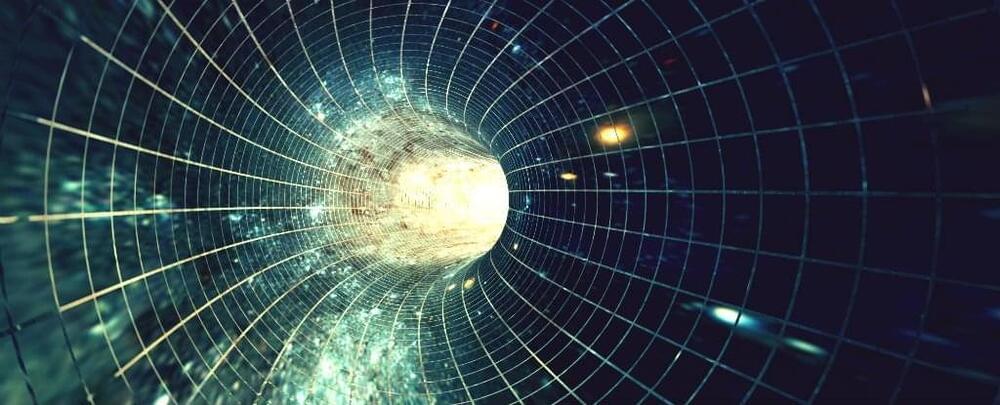“This was such a big, glaring hole,” said Dr. Maria Drout. “If it turned out that these stars are rare, then our whole theoretical framework for all these different phenomena is wrong, with implications for supernovae, gravitational waves, and the light from distant galaxies. This finding shows these stars really do exist.”
Can binary stars steal material from each other? This is what a recent study published in Science hopes to address as a team of international researchers examined how the interaction between binary stars can cause one star to strip material from its companion star over time, resulting in one massive star and one much smaller star. While this study could help astronomers better understand precursor signs to supernovae, scientists have only identified one candidate for being stripped of its hydrogen material, despite longstanding hypotheses that one in three binary stars are stripped of their hydrogen.
